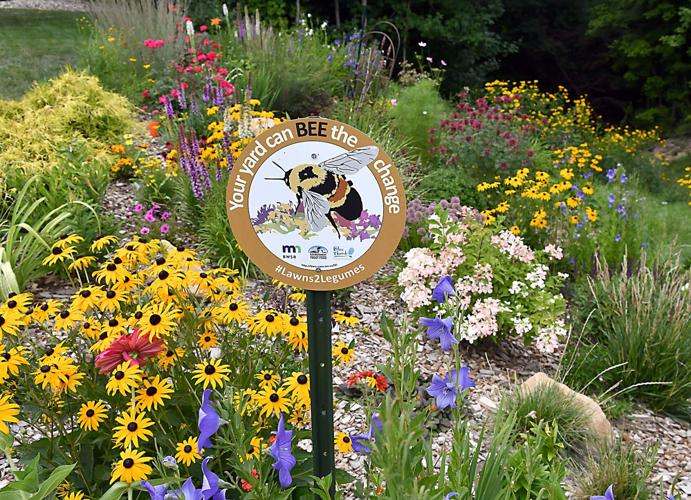
A really impactful way to combat habitat loss is to start your own pollinator garden. Even if you live in a city and don't have a lot of open yard space, any addition of nectar-rich plants to your home, flower box, or vegetable garden can help pollinators thrive. Plus, it's a beautiful and functional addition to your home!
Before getting started, here are a few tips on how to optimize your planting:
1) Choose native plants.
Plants native to your area require little maintenance and are habitats for your region's wildlife. A quick web search can tell you whether or not a species is native.
2) Have a variety.
Including a mix of different plants in your garden will lengthen the bloom window and allow pollinators to feed for longer. Also, different flower structures attract different pollinators.
3) Plant in a cluster.
Rather than scattered planting, a bright mass of flowers is more likely to attract pollinators and will reduce the energy they have to expend flying between plants to feed.
Flowers for Pollinators:
Lavender
Milkweed

Coneflower
Zinnia

- Sunflower
Fruits, Vegetables and Herbs for Pollinators:
- Melon
- Strawberries
- Squash
- Peppers
- Chives
- Basil
- Mint
- Rosemary
Comments
Post a Comment